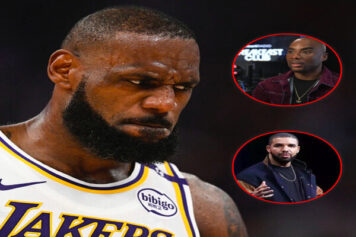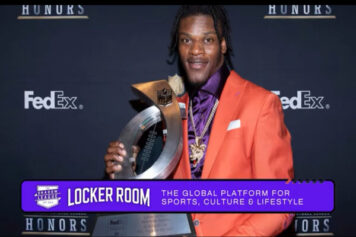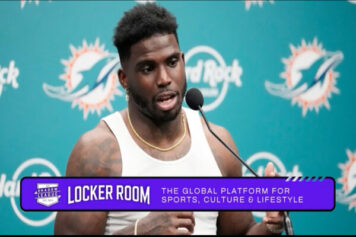Most of MLB has been shell-shocked by the Astros and Red Sox cheating scandals that led to World Series victories in 2017 and 2018. The topic has dominated MLB conversation and kind of overshadowed some positive things that have been happening as far as MLB’s push towards a more diverse league in every aspect from the field to the front office.
While progress in certain areas remains slow with MLB having just two African-American managers and four managers of Hispanic descent out of 30 MLB teams, this week marked a watershed moment in MLB umpiring as Kerwin Danley became the first African-American umpire crew chief in Major League Baseball when a series of promotions, additions, and retirements were announced.
“I think it’s a significant moment in the history of baseball,” Danley told The Associated Press from Arizona, where he’s working spring training games.
Danley, 58, has an impressive resume, having worked two All-star Games, two World Series and 10 other postseason rounds. His first major league game was in 1992 and was hired full-time in 1998.
He started umping in 1985 in the Northwest League and kept working his way up the food chain. His even-keeled temperament is one of the qualities that helped him get tabbed for crew chief. Danley has only ejected four players in the past five seasons.
Danley also has an extensive baseball background, having played college ball at San Diego State and was a first-team All-America outfielder in 1983, where he fell a point shy of hitting .400.
According to reports, there have been about 10 full-time African American umpires in the majors since Emmett Ashford ascended to become the first in 1966. There have been several blacks in MLB umpire leadership positions, including Peter Woodfork, senior vice president of baseball operations, supervisor Cris Jones and the late Chuck Meriwether, a longtime big league umpire who became a supervisor.
Most baseball fans of color see Danley’s promotion as long overdue. We are celebrating the 100th-year anniversary of the Negroe Leagues and in 2019 we all rejoiced in Jackie Robinson’s Centennial celebration. However, it has taken until 2020 to see a Black ump elevated to the leader of an umpire crew. While that truth is sobering, the promotion in itself is one of the many diversity hurdles being acknowledged and addressed by MLB.
Danley’s connection to Black Baseball doesn’t simply stop on the baseball field. He has become a role model for young Black kids who are looking for other avenues of participating in baseball, serving as an instructor at the first umpire camp at MLB’s Urban Youth Academy in Compton, California. Also speaking at the Dream Series.
“I’m very honored, very excited to be the first,” he said. “But ti’s not just about me. It’s much more than that. It shows African-American kids there is something else they can make it in, besides playing.”
The timing of the promotion was on point as it came during Black History Month. The progress for people of color didn’t stop with Danley.
Alfonso Marquez was elevated to the first Hispanic crew chief born outside the United States, and second overall in MLB history.
Ramon DeJesus worked his first big-league game in 2016 in the minors and continued rising up the ladder to his current position as the first Dominican-born umpire on the MLB staff.
These promotions are only logical, as Hispanics have been the fastest-growing population in MLB and with the influx of Latino blood into every level of the game, diversifying the all-white umpire ranks was an obvious next step.
As of March 2018, there are at least nine umpires who are non-Caucasian males.
Current umpires in Minor League Baseball Development
- 235 umpires (233 male, 2 females)
- 80% White
- 13.5% Hispanic
- 3.5% African-American
- 3% Asian
28 International Umpires
- Venezuela (8)
- Canada (7)
- Puerto Rico (4)
- Dominican Republic (2)
- Mexico (2)
- Japan (2)
- Chile (1)
- S. Korea (1)
- Australia (1)
MLB continues to show a willingness to embrace the changing landscape of sports and America. There’s still a ton of work to do when it comes to reversing a history of discrimination and biases towards people fo color in the workplace.



